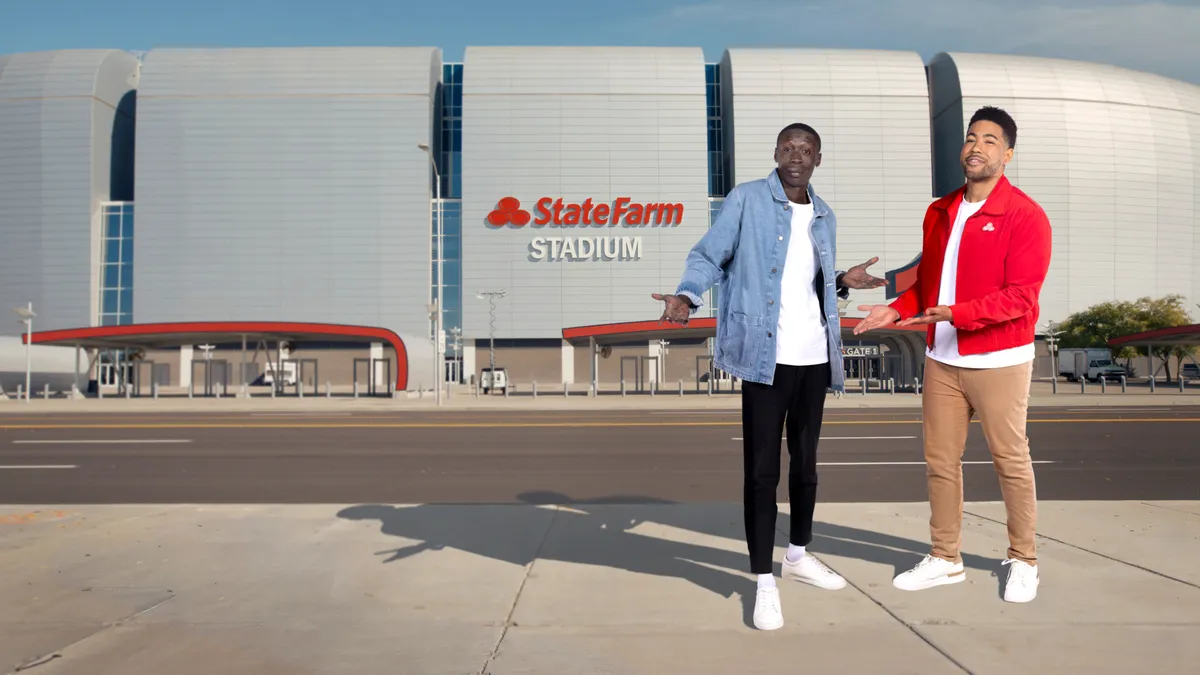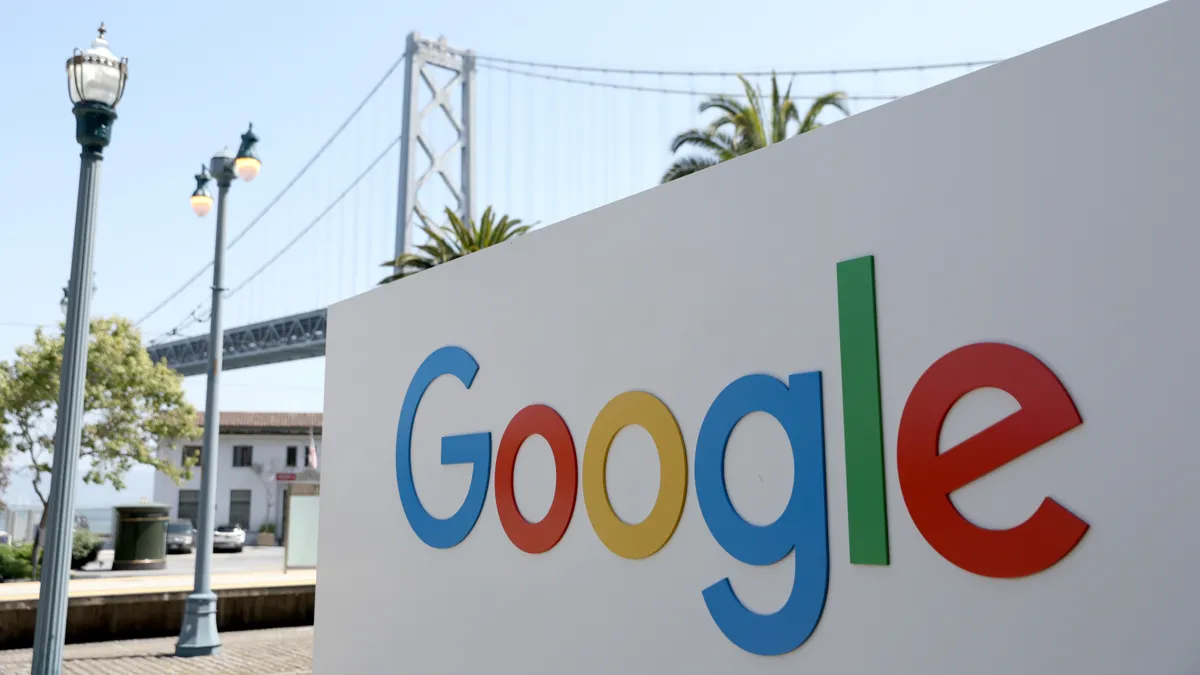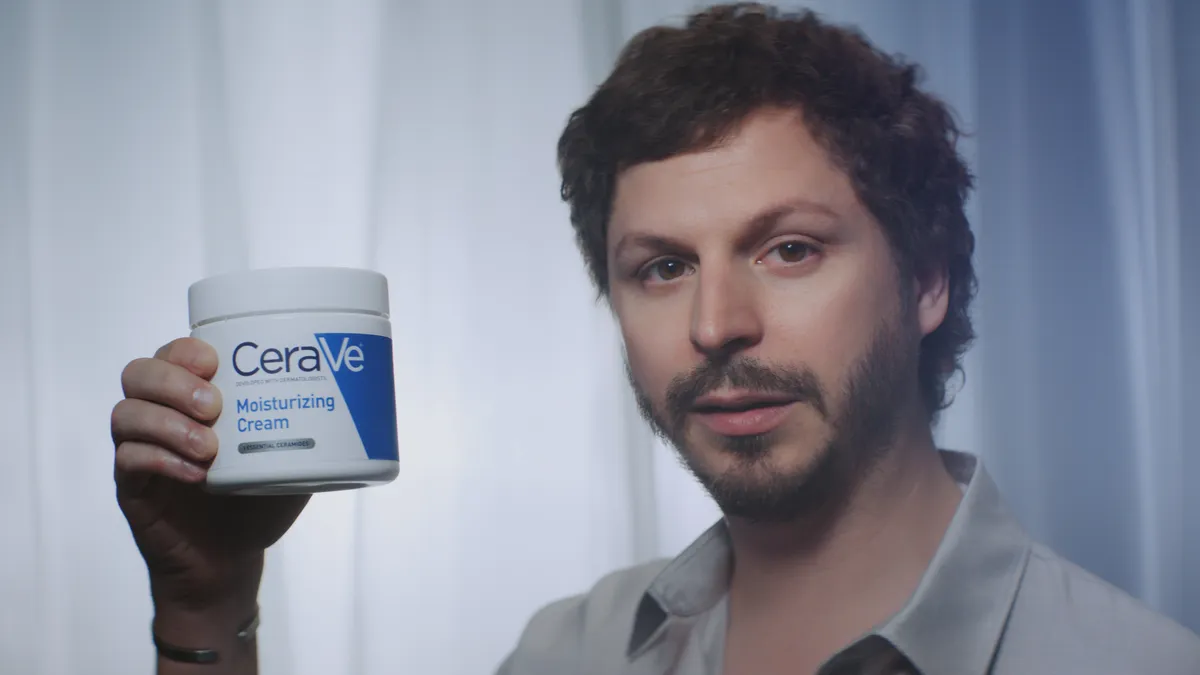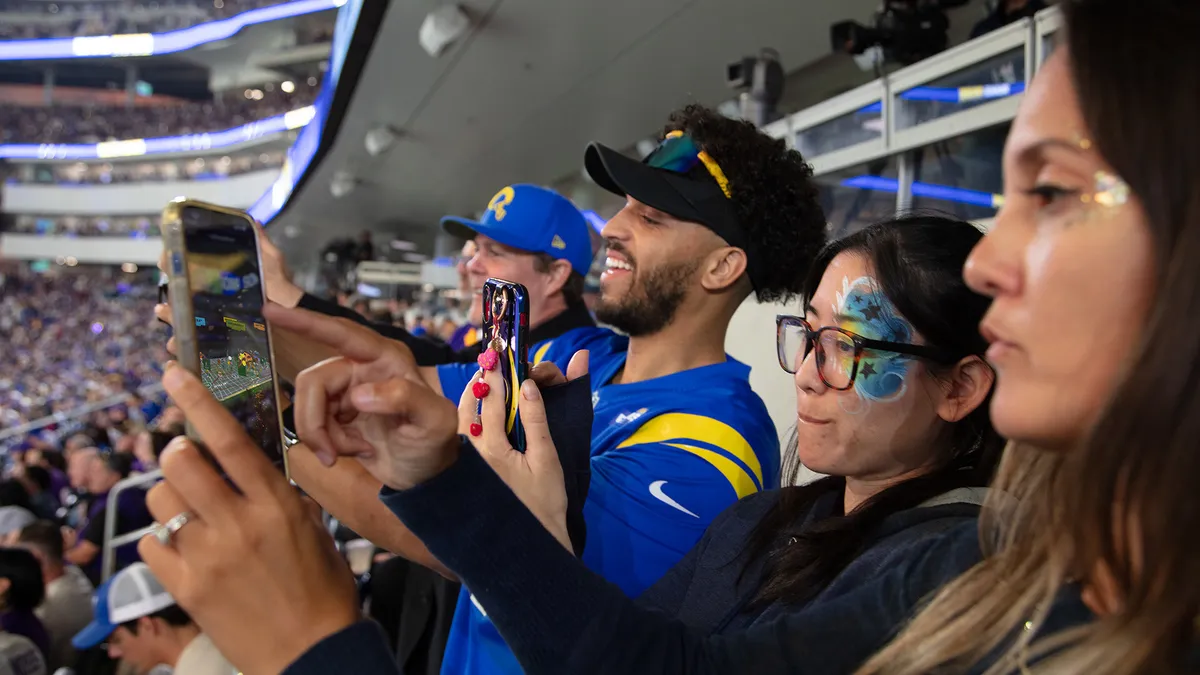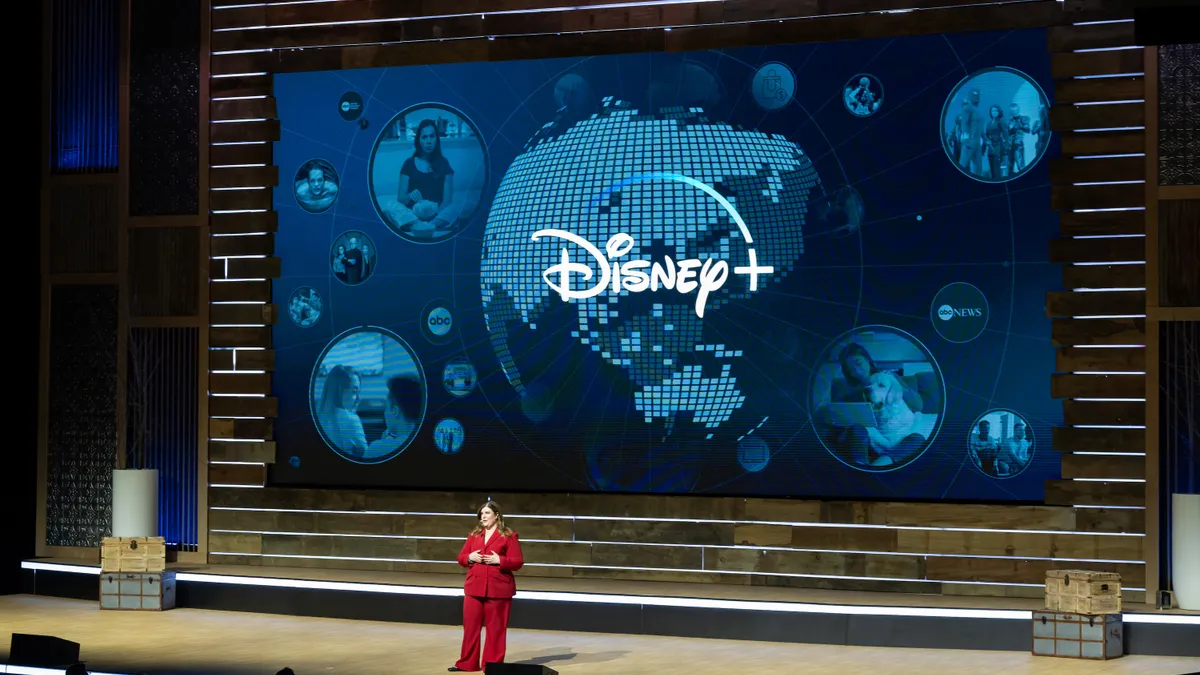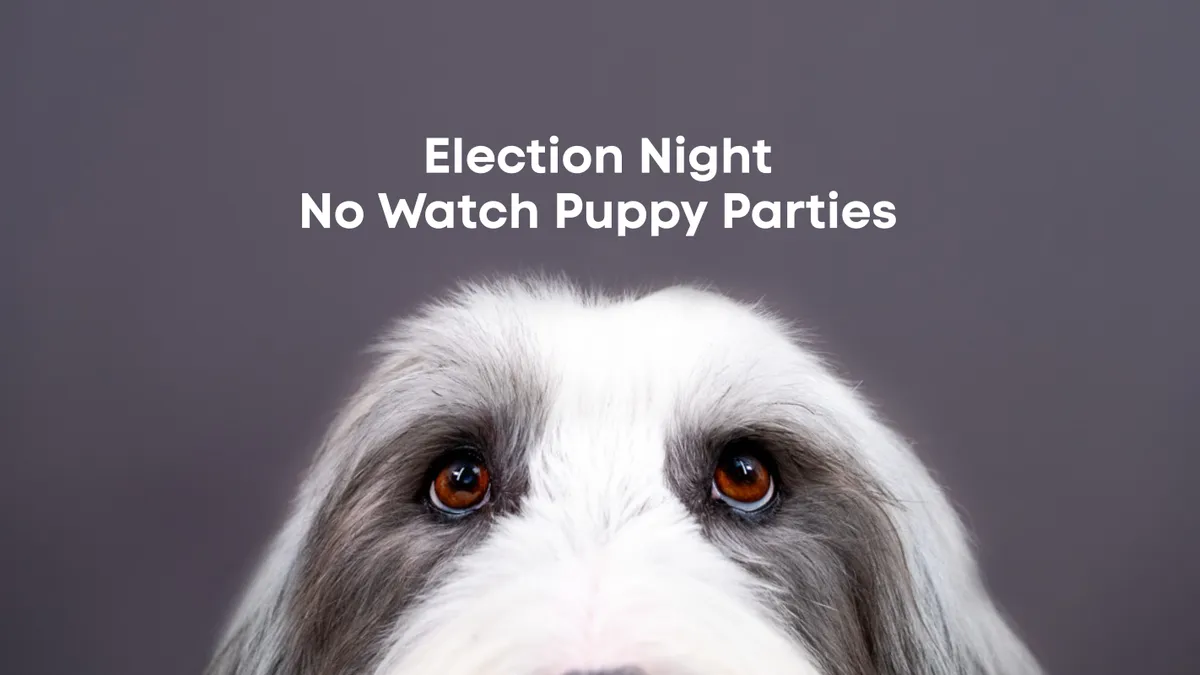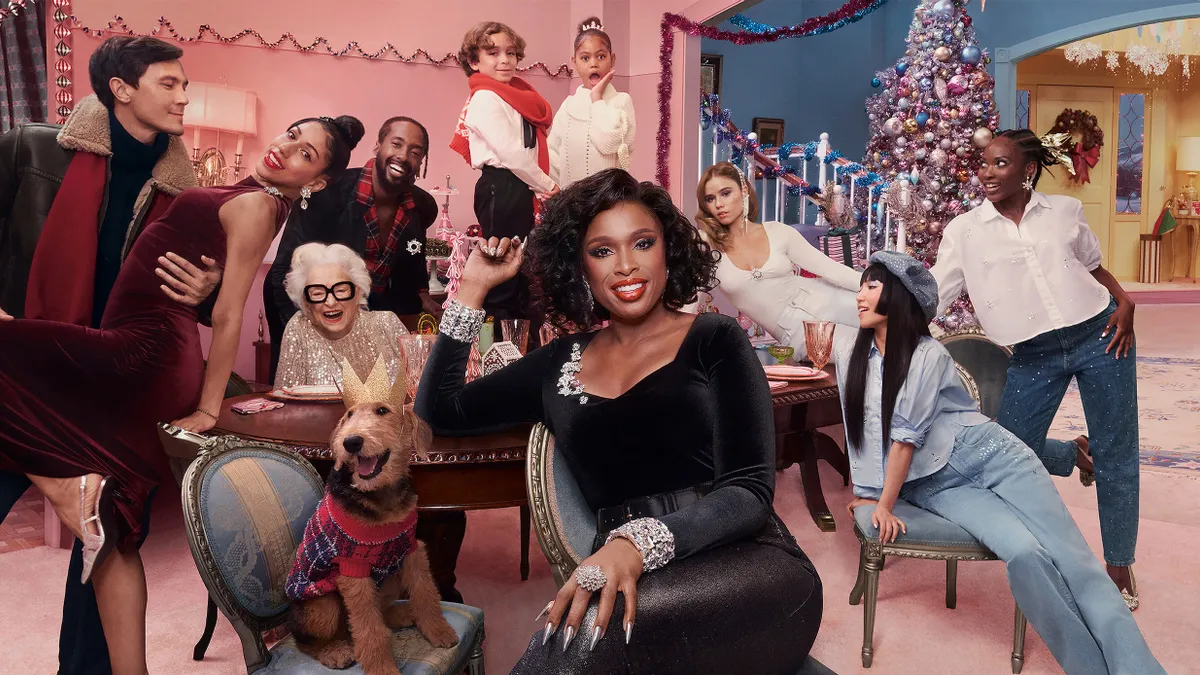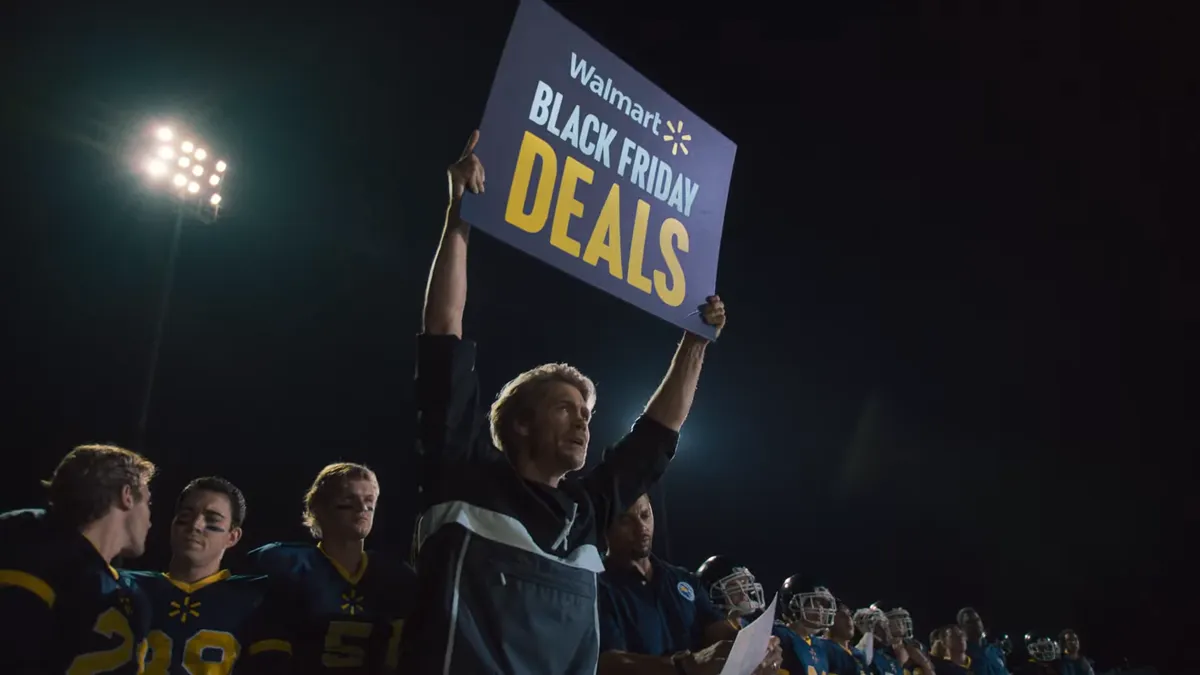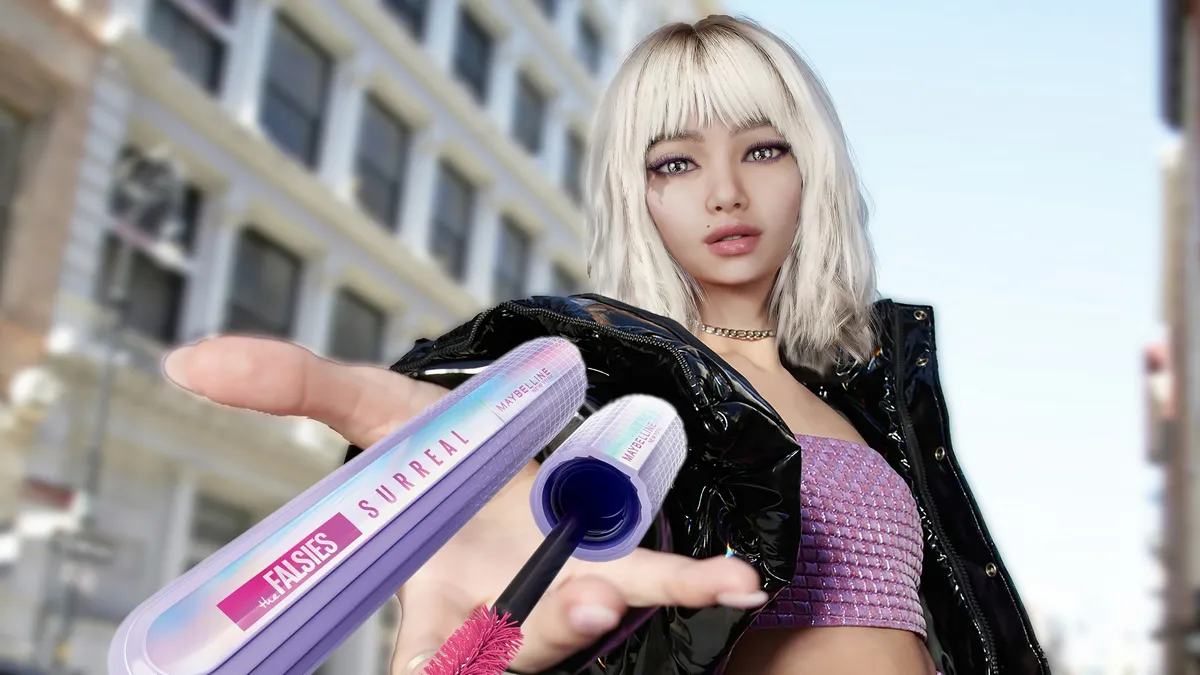The Super Bowl for decades has served as advertising’s flashiest night of the year, drawing a slew of brands to craft witty, often star-studded commercials — Super Bowl LVII being no different. This year, however, social media marketing surrounding the game proved to stand on its own when compared to more traditional creative ploys, according to recent findings from global influencer platform Captiv8.
Boasting 113 million live TV viewers, Super Bowl LVII was the second most-viewed, non-overtime game in history, according to report details shared with Marketing Dive, representing a major win for both the NFL and the victorious Kansas City Chiefs. Social media also served as a powerful awareness driver. For example, the hashtag #SuperBowlLVII on TikTok alone collected 225 million views, more than double the game’s live viewership.
“People are looking at TikTok and the content coming from that, and from a second screen standpoint, almost living on that more so than they are watching the game,” said Krishna Subramanian, co-founder and CEO of Captiv8.
Indeed, second-screen activity during the Super Bowl is increasingly popular, with 43% of viewers during last year’s game scrolling on various apps while they watched, according to Forrester. Accordingly, some marketers this year made social media a focal point versus ponying up the $7 million dollars it took to buy a 30-second in-game ad.
Among social media-reliant brands, Captiv8 called out State Farm, which, despite having naming rights to Super Bowl LVII’s venue, decided to forego a traditional big game ad for a paid social campaign built around TikTok. For the effort, the insurance company enlisted the ByteDance platform’s most popular creator, Khaby Lame, for a video challenging consumers to comment how many times the stadium’s name would be mentioned during the broadcast for the chance to appear in a video with the star.
Just days after the content was posted, the original video had gathered over 164 million views. By the time the Super Bowl ended, Lame’s video boasted over 220 million views, besting both the viewership of this year’s game and the Super Bowl's most-watched game ever, which was 114.5 million views in 2015. The State Farm activation also saw 1 million likes, 19,000 comments and 5,000 shares.
The move to enlist influencers for the Super Bowl has become increasingly popular. For example, advertisers for the 2021 event spent five times as much on influencer marketing for the 2022 game, Captiv8 found in a previous report. More broadly, Insider Intelligence predicts total spend on influencer marketing this year to reach $6.2 billion, up from the $5 billion it projected for 2022.
“Brands are realizing that there is tremendous potential to exceed fan engagement and views by building influencer marketing campaigns around the Super Bowl,” Subramanian said over email. “There’s simply higher value in factoring creators into Super Bowl campaigns.”
More for less
Amid a tightening economic environment, social media campaigns this year served a dual purpose to help brands maximize how far their dollars went. In the report, Captiv8 also called out Doritos for its social media contest, which challenged TikTok users to post a video of themselves dancing with the hashtag #DoritosTriangleTryout for the opportunity to appear in its game day commercial.
In total, the challenge garnered over 13 billion hashtag views, per the report, while simultaneously driving user-generated content. For the effort, the brand enlisted a handful of influencers, including Tay Bloomer, Josh Killacky and Jordan Grace, who together have over 8 million TikTok followers. In total, the creators generated over 33 billion sponsored content views.
While Doritos also paid for 60 seconds of national airtime during the Super Bowl for a campaign featuring cameos from musicians Jack Harlow, Elton John and Missy Elliott, Captiv8 estimates the brand paid around $550,000 to activate its TikTok influencers. That means that the brand could have run the same campaign 12 times before reaching the reported cost of buying a standard 30-second Super Bowl LVII commercial.
Aside from being a potentially more cost-effective solution, creator-led brand campaigns might have a longer shelf-life compared to traditional linear ads, offering another edge to those looking to enhance their investment, Subramanian said.
“Even if you miss it, you're still able to see that content, either one, because you love that creator, or two, because it's showing up in your feed over and over,” he said. “The shelf life of creator content is definitely much higher than traditional content.”
#WhoDidItBest?
Social media can also complement traditional in-game advertising by generating buzz off the TV screen. Tracking brand engagement on Instagram and Twitter from the day before Super Bowl LVII to the day of, Captiv8’s findings show that Tubi soared, with a 1196% increase in engagement on the hashtag #Tubi. The streamer ran several ads during the game, generating buzz with a 15-second interruptive spot that had consumers wondering whether or not they sat on the remote.
The Farmer’s Dog also had a successful night. Not only did the brand’s emotional, 60-second commercial top USA Today’s Super Bowl Ad Meter, but engagements on the hashtag #FarmersDog grew 1115% on Twitter and Instagram during the same period, per Captiv8. Rakuten placed behind it with 1047% growth on the hashtag #Rakuten, reaffirming its choice to cast Alicia Silverstone for a nostalgia play around “Clueless.”
Among the most talked about brands, Rihanna’s Fenty Beauty generated over 852,000 engagements during the game under the hashtag #FentyBeauty, boosted by the musician’s halftime performance. Total engagements for the makeup line ended up being eight times higher than those of Kansas City Chiefs quarterback Patrick Mahomes, who gathered 96,000 engagements on Twitter and Instagram under the hashtag #Mahomes.
Behind Fenty Beauty was Apple Music, which for the first time sponsored the halftime show, driving nearly 373,000 brand engagements under the hashtag #AppleMusic. Google, M&M’s and the NFL came in closely behind the halftime sponsor. In total, Super Bowl ads were mentioned 312,000 times on Twitter alone during the Super Bowl, according to Brandwatch.
Though its prowess is already hard to ignore, social media played well with traditional Super Bowl LVII advertising. Its frequency of use during the event — especially through influencer activations — will only increase in the years to come as more brands get on board, Subramanian said.
“Leveraging social to really drive and encourage engagement or drive [user-generated content] is highly valuable,” Subramanian said. “You're getting such a large audience.”



